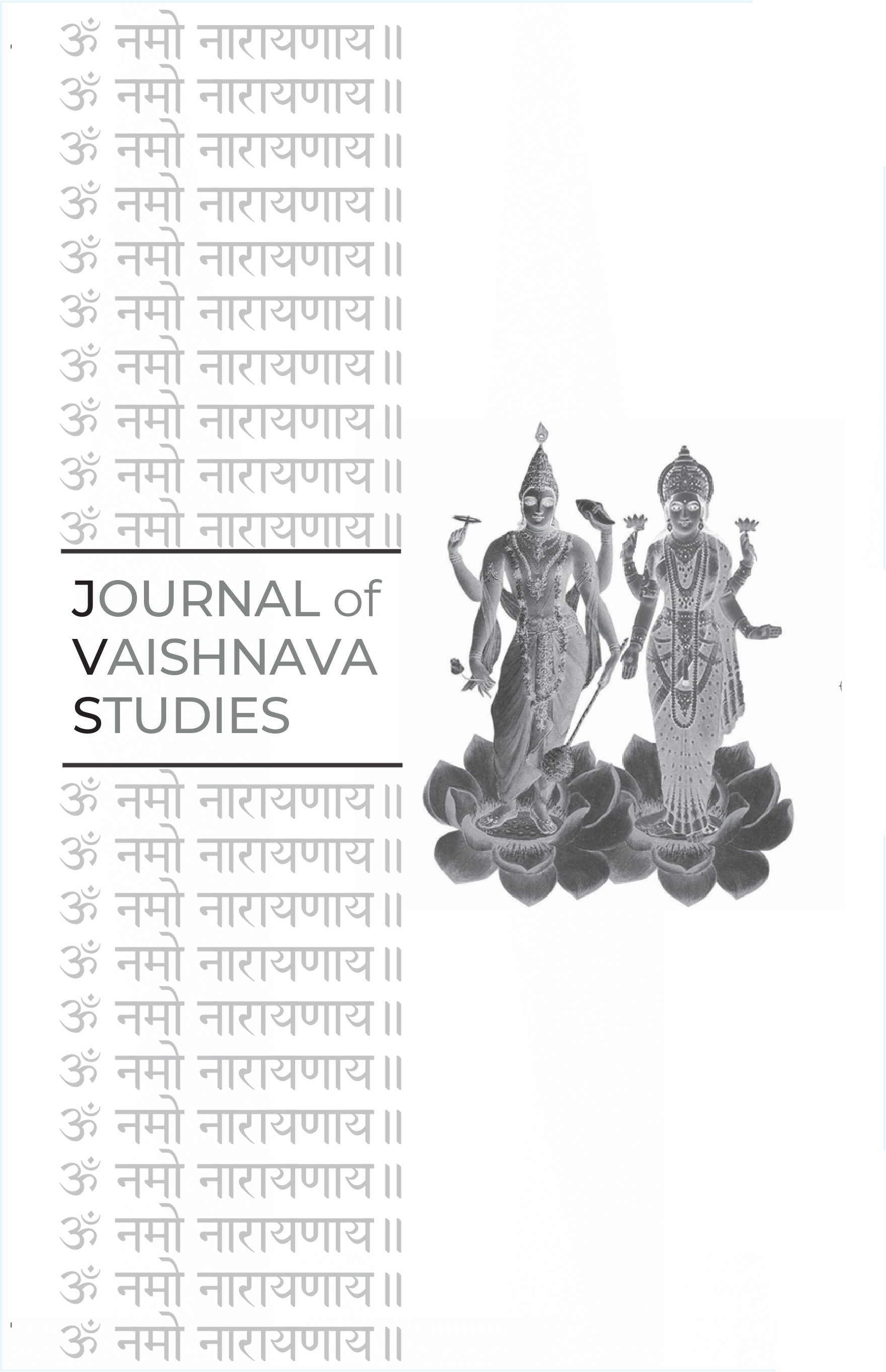Kīrtan: The Sacred Music of the Sikhs
Keywords:
Sikhism, kīrtan, nām-simran, Gurū Granth Sāhib, gurbāṇī sangīt, rāga, musical devotion, Sikh diasporaAbstract
Sat Hari Singh Khalsa presents a lucid introduction to kīrtan in Sikhism, focusing on its central role as a medium of divine remembrance (nām-simran) and spiritual elevation. Unlike Vaiṣṇava forms of kīrtana centered on līlā or emotional expression (rasa), Sikh kīrtan is grounded in the scriptural authority of the Gurū Granth Sāhib, and typically rendered as melodic recitation (gurbāṇī sangīt) of selected hymns (śabads) in classical rāgas. The essay outlines the historical development of Sikh musical worship, beginning with Gurū Nānak, who emphasized singing the divine name as the most accessible form of liberation in the Kali Yuga. Khalsa describes the traditional ragī ensembles—often composed of harmonium, tabla, and vocalists—and the training process within Sikh institutions. He also touches on innovations in diaspora contexts, including Western fusion styles, while expressing concern about the loss of rāga fidelity. Through theological reflection and personal insight, Khalsa affirms Sikh kīrtan as a path of inner awakening, integrating scriptural integrity, melodic devotion, and communal participation.Published
2009-06-20
Issue
Section
Articles





